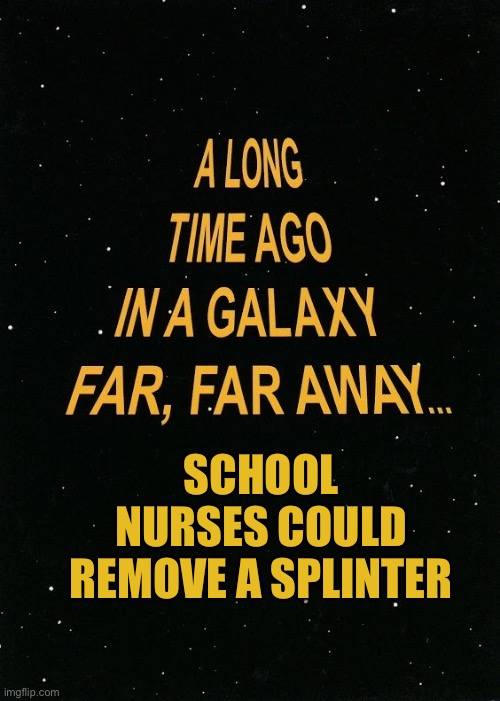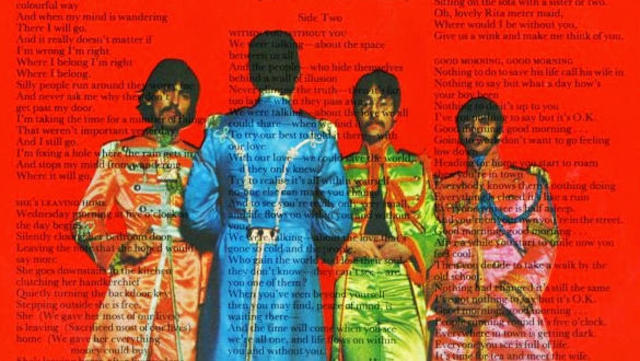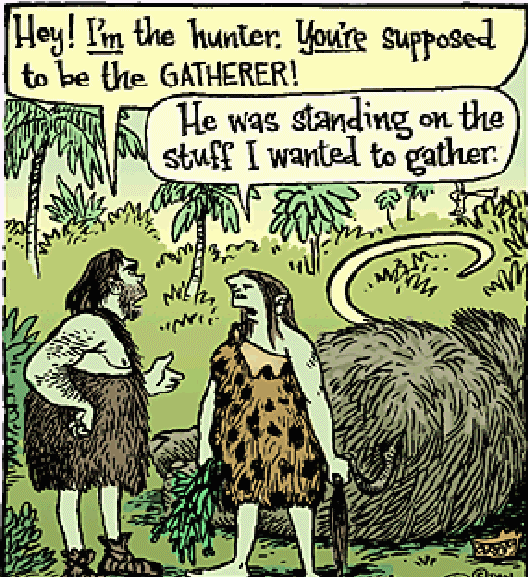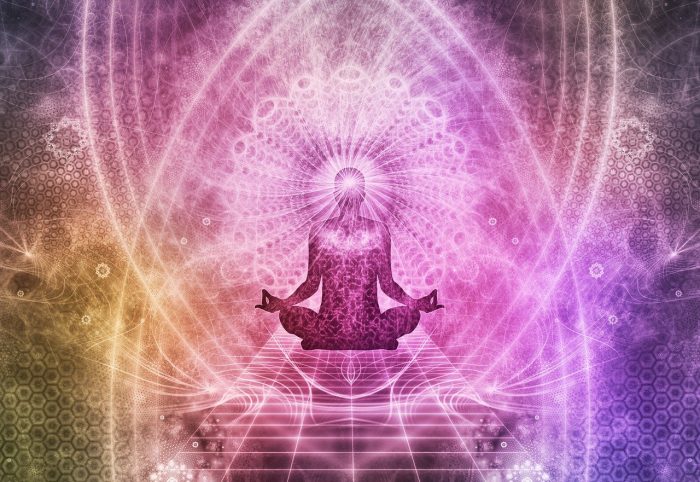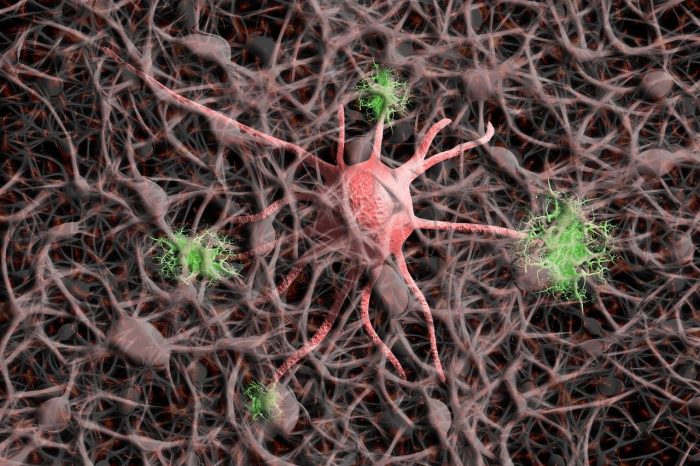The ‘Magic’ in Mushrooms
Posted by Phil Heler on February 11, 2024Psilocybin is the powerful psychoactive compound in 200 Species of Mushroom. Vilified for decades there has been a huge resurgence in clinical trials involving psilocybin.
One of the classic opening moments in any movie was the crawling static blue text in Star Wars which receded to a central point before disappearing. It read ‘a long time ago in a galaxy far, far away’ before the main title appeared.
The narrative in my article today begins a long time ago on a faraway forest floor near the equator on Planet Earth when much of the northern hemisphere was covered by an ice sheet.
I speculate that on one fine morning a group of our earliest hominid ancestors decided to forage for an hors d’oeuvres of wild mushrooms to accompany an entrée of leaves and insects. The group decided to forage close to where it normally encountered a regular (but exhausted) supply of tasty small brown tan mushrooms. They harvested what they found.
However, this time their usual nutritious fungi contained a hidden surprise. As our early hominids digested the meal something very odd happened. This highly enjoyable snack was accompanied by an extraordinary hallucinogenic perception-altering existential experience.
This would have been our first psychedelic experience. Without this moment, fast forwarding to the present day, there would have been no counterculture in the 1960’s and 70’s. We would have even lost cultural artistic watershed moments such as ‘Sgt Pepper’s Lonely Heart Club Band.’
Five million years ago our early ancestors can be forgiven as edible leaves, flowers, tubers and mushrooms came without food labelling and did not come with GRAS (Generally Recognised as Safe) status.
Nor could they shop at Aldi which takes the guessing out of the equation. Mushroom species are virtually indistinguishable, difficult to identify and easily mistaken.
Unfortunately, our edible brown tan mushrooms are almost identical to many species that contain the compound ‘psilocybin’. At least 200 species of mushroom contain this powerful psychoactive ingredient. The actual amount of psilocybin present in any mushroom varies depending on the species, where they grow, as well as how it has been prepared.
Nevertheless, this discovery would have been passed down the millennia from generation to generation to be become a ritual, rite of passage, religious or healing experience among peoples of many different cultures. The Aztec Indians referred to their sacred mushrooms as ‘teonanacatl’, meaning ‘god’s flesh.’ As you would expect Spanish missionaries in the 1500s were so disturbed by the rituals, they attempted to destroy all records and evidence of the use of these mushrooms. Despite being used by people in Central America for centuries, psychedelic mushrooms largely existed outside of Western societies until relatively recently.
Indeed the secrets of these practices were obscure until the 1930’s when a young Harvard botanist, Richard Evans Schultes, made history by his pioneering studies of shamanistic mushroom use by indigenous peoples in Mexico. Schultes was one of the most important explorers of the 20th century. He is regarded as the father of Ethnobotany.
Yet it was an American banker (R. Gordon Wasson) in the 1950’s who really captured the imagination of both the public and scientists when he wrote an article in ‘Life’ magazine. His article detailed his experiences taking hallucinogenic mushrooms with an indigenous Mexican healer. Up to 1,000 studies were then launched in the next 20 years, each investigating psilocybin. Unfortunately, research at that point ploughed firmly into a brick wall.
Psilocybin belongs to a class of serotonergic psychedelics that includes lysergic acid diethylamide (LSD) and mescaline. The compound was unsurprisingly designated a Schedule 1 drug in 1970 by the United States Drug Enforcement Agency (DEA).
Depending on the person and dosage, psilocybin can cause euphoria, changes in perception, perceived spiritual experiences and feelings of detachment, among other effects. Other psychological effects include panic reactions and psychotic-like episodes, particularly if a user ingests a high dose. As part of the ‘war against drugs’ at the time this scheduling was viewed as necessary. However, this field, vilified for decades, has just recently re-entered the mainstream.
There has been a huge resurgence in clinical trials involving psilocybin, many of which have produced promising results concerning the treatment of addiction, depression, and Alzheimer’s. Clinically, obviously psilocybin is now administered in tightly controlled environments under supportive care.
Clinicians and researchers are particularly interested in the metabolic compounds of psilocybin and how they interact with serotonin receptors in your brain. This is how the various interesting psychedelic effects are triggered.
These effects are not due to psilocybin itself—rather, upon ingestion, it is metabolised to produce psilocin, the active form of the compound. Psilocin activates important serotonin receptors in the brain. These cells are ‘the major computational units of the brain, which is where everything comes together.’
They put together our picture of what reality is. By activating these receptors, psilocin alters brain metabolic activity and neuronal connectivity in ways that influence cognitive function and perception. This is where things start to get interesting.
A growing body of research suggests that, when administered in controlled conditions with supportive therapy, the compound could be potentially very useful in treating various psychiatric disorders, like depression. Multiple clinical trials support psilocybin’s ability to reduce depression symptom severity, including in people with treatment-resistant depression (i.e. failure to respond to at least 2 courses of traditional antidepressants, like SSRIs or Selective Serotonin Reuptake Inhibitors).
A recent phase 2 double blind trial—the largest to date—showed that a single 25 mg dose of synthetic psilocybin administered in conjunction with psychotherapy led to significantly lower levels of depressive symptoms after 3 weeks. The only problem is that researchers do not understand how psilocybin achieves this effect.
Psilocybin addiction research has been primarily focused on nicotine and alcohol and, in a few small trials, has shown superiority over traditional therapies. Psilocybin therapy in the treatment of addiction (notoriously difficult to treat) has shown encouraging results.
Due to its low toxicity and low risk of overuse, psilocybin has the potential to have a significant influence in the field of addiction medicine. In 2022 the effect of psilocybin on participants with alcohol dependence disorders was examined in an investigation detailed in the journal called AMA Psychiatry (this is published by the American Medical Association).
The journal covers research in psychiatry, mental health, behavioural sciences, and related fields. In this double-blind randomised clinical trial with 93 participants, the percentage of heavy drinking days during 32 weeks of follow-up was significantly lower in the psilocybin group than in the group treated by standard protocols. But again, psilocybin has a relatively unique and incompletely understood mechanism of action.
Because serotonin and dopamine neurotransmission systems have considerable relevance when it comes to dementia, treatments that target these systems may have benefits. This is precisely what psilocybin does. Serotonin is very relevant to Alzheimer’s disease (AD).
There is evidence of considerable changes in serotonin activity in AD cases because serotonin-synthesizing neurons are selectively affected. Such links between neurotransmitters and AD may explain why depression is a significant risk factor for AD.
Serotonin activity may be relevant to the cognitive impairment seen in AD. Neuronal loss typically seen in AD affects regions of the brain with high serotonin receptor density, such as the hippocampus. A few small studies have begun to look at the benefits of micro dosing with psilocybin and early indications look encouraging.
Despite a sense of optimism there is a note of caution. It has been shown that psilocybin does not work for everyone, and how well it works varies from person to person. Obtaining funding for psilocybin studies is still a challenge—the stigmatisation of psilocybin has prompted governmental funding bodies to avoid projects involving the compound. But nevertheless things are beginning to snowball and momentum is gradually increasing.
